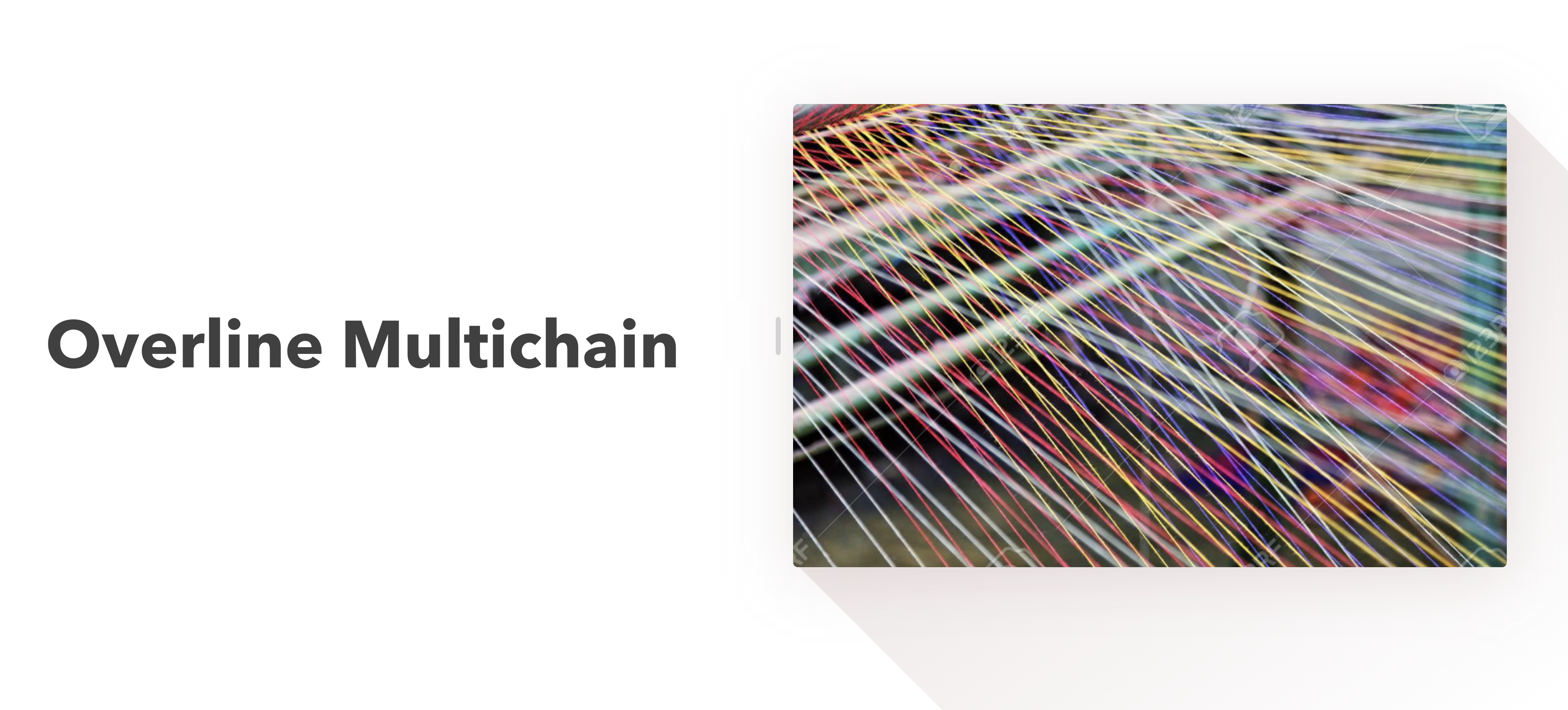What is a Multichain?

What is a blockchain?
A blockchain, generally speaking, is an immutable ledger that comes from the activity data on a given protocol.
What is a multichain?
A multichain is also an immutable ledger, but rather than being comprised of blocks of data from only one protocol, it ingests the data from many blockchain protocols to create a block which is made up of other blocks.
Why did Overline build a multichain?
In sending a cross-chain transaction, logically whatever system that supports the action would need to know the "current states" of the ledgers from whichever protocols being involved. If the current states of either ledger are inaccurate or delayed at the time of a trade, a trade could involve sending amounts of currency #1 that the user no longer has or a user's trading partner not having the full amount of currency #2 they claimed to have.
This requirement is what makes interoperability necessary. These disparate data sets must cooperate with each other in order to build in collaboration with each other.
How is Overline's multichain different?
Unfortunately, the need for interoperability is being used by some as an opportunity to introduce centralized components to otherwise decentralized transactions. In order to get the "current state" of multiple chains at once, some protocols are entrusting middlemen ("validators") or using 3rd party services. Doing so introduces new layers of unnecessary risk and dangerous incentives within systems that are advertised as "secure".
The clear need for interoperability combined with the lack of a decentralized method to accomplish it led to the creation of the Overline multichain.
By building the method of getting the "current state" of all chains into the mining effort itself, users running a Overline miner have the ability to transact across all child chains without needing to trust any other party.
For a more thorough review of the evolution of blockchains leading to Overline’s multichain, you can refer to this document.
Updated about 1 year ago
